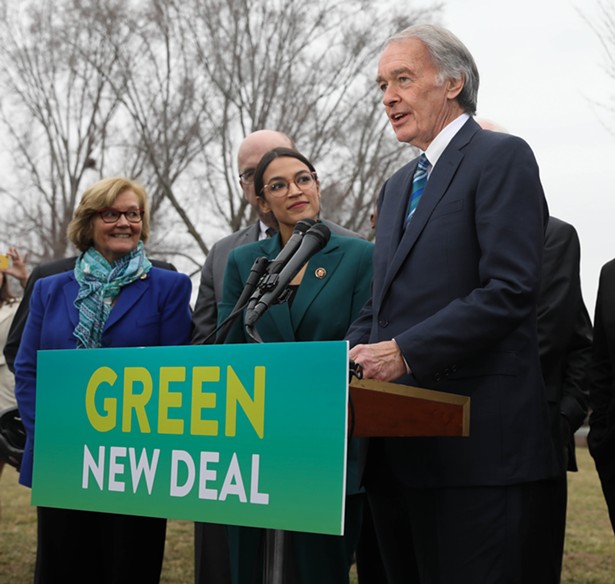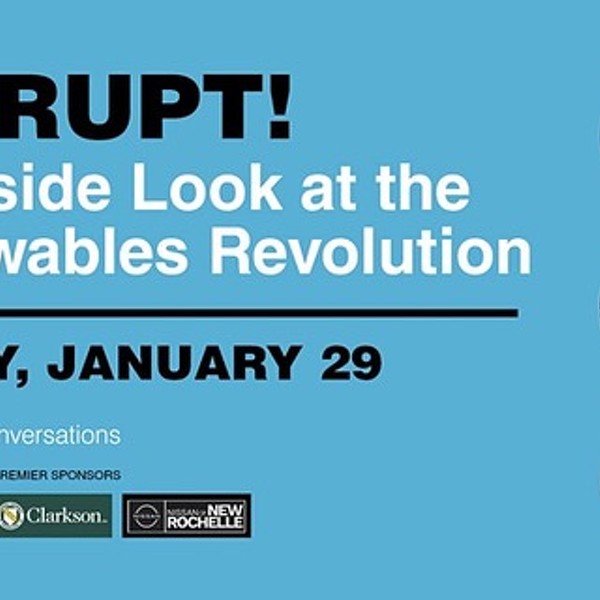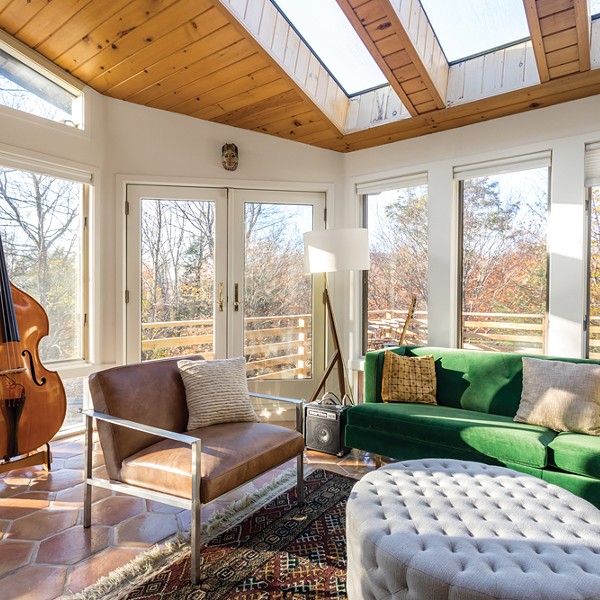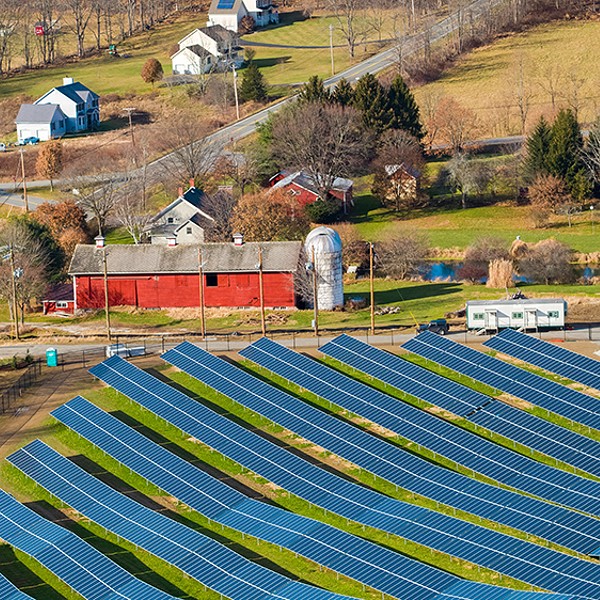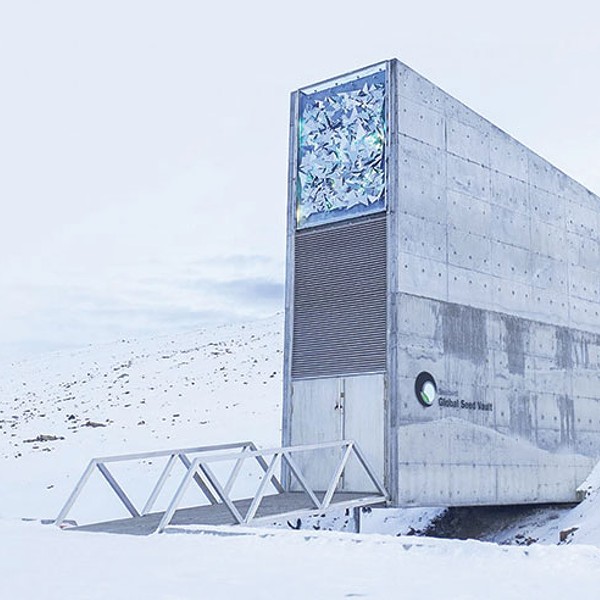The Green New Deal is the best idea in economics in 50 years. It's the best idea in politics in 50 years. It is also, without a doubt, the best idea to come out of the Democratic Party in 50 years.
At least in its essence. That essence is to have the US commit to making "100 percent of the power demand in the United States through clean, renewable, and zero-emissions energy sources." Energy has to be delivered. That calls for upgrading the grid. It needs to be used efficiently, so the plan calls for "upgrading all existing buildings," building new ones according to an energy code, and improving the transportation system.
The brilliance of the idea is that it allows us to deal with the sources of our greatest political discontent. If Hillary Clinton had said, "the coal industry is declining, so we're going to put a whole lot of coal miners to work building solar installations and giant wind farms. They'll make more money than in the mines and will even be able to get their unions back," instead of "We're going to put a lot of coal miners and coal companies out of business," would those mythically miserable coal miners still have voted for Trump? And continue to hate the EPA?
After World War II, the US was the only industrial power left standing. It was easy to have a great economy. But the rest of the world started catching up. They could compete with lower wage, safety, insurance, environmental, and health care costs. Simultaneously, America's economic thinking become more rigidly theological, with "free trade" and "free movement of capital" as core beliefs.
Free trade means no barriers to low-wage competitors. Free movement of capital means money can travel freely, chasing profit around the world, and it has no obligations to the friends and family it has left behind.
Those "freedoms" gave business their ultimate weapon against labor. Do it cheap or we move it overseas.
They gave the finance sector its ultimate weapon against businesses. If a business can be leveraged, downsized, and asset-stripped to get cash out, and if that cash can race electronically around the globe, churning mini-percentage profits in microseconds, finance will insist on doing exactly that.
The Green New Deal—solar, wind, tidal power, rebuilding the grid, emission-free cars and trucks, efficient transit systems, making buildings energy efficient—is essentially a massive construction project. It can't be outsourced or off-shored.
Doing things creates expertise and talent pools. Hollywood remains Hollywood against constant assaults. Every week, some place is the "new Silicon Valley," but it isn't. Boston and London both have six of the world's top 200 universities, yet Oxford—with just one—is still Oxford. Wall Street is finance. Paris is fashion. Whoever is the first to be the greatest at green will become known for it. They'll attract talent and investment. They'll be the Hollywood, Silicon Valley, Wall Street, Oxford of green.
The Green New Deal calls for massive investment in research. Like we did for the arms races in World War II, the Cold War, and whomever we're fighting today. As a result, we make great weapons and have 32 percent of the world's arms trade.
Last year, 45 percent of the world's investment in renewable energy went to China. China invests $3 in electric vehicles for every $1 the US invests. Japan, India, Germany, Scotland, and Sweden are all making major investments in renewable energy.
Five years, 10 years, 20 years down the road, who will be the producers and who will be the consumers?
The big scream against the Green New Deal is that it costs too much. It can't be paid for. It will bankrupt the country.
There's a problem. Alexandria Ocasio-Cortez put every wish a lefty could have in the New Green Deal bag: universal guaranteed income, housing, medical care, higher education, plus repairing the oppression of all possible minorities. All of those things are admirable. Some of them are much more achievable if the green part of the deal comes to pass, and some should probably be dealt with separately. The estimate put forth by a right-leaning, traditionalist think tank for the entire collection is from $51 to $93 trillion.
The same study says that the cost of the essence—the green part, getting to zero emissions—would be between $8.3 and $12.3 trillion.
Oh, gosh, oh, gee, that still sounds like a terrifying amount.
Here are some things to compare it to. With the stock market crash of 2008 and the Great Recession, $19.2 trillion in household wealth disappeared. Vanished. From the free forces of the free market, with nothing to show for it.
According to the Special Inspector General for TARP, the government put up $16.8 trillion to rescue the banks. A study from the Levy Institute asserts that the bailout was actually $29 trillion.
The way to evaluate cost is what you get for it. World War II and the Cold War were very expensive. Both turned out to be great investments for America. Saving the biggest banks after 2008 was great for the banks, but even though we got most of that money back, it was not a great investment for the nation. With the Green New Deal, we save about $120 billion a year in health care costs. If we're lucky, we save much of our coastline. We recreate the blue collar middle class, rebuild our manufacturing center, and make a serious bid for world leadership in what is likely the most profitable economic sector of the future.







